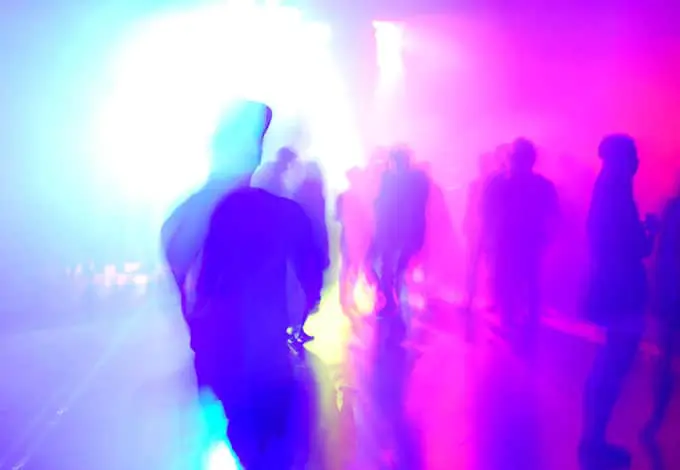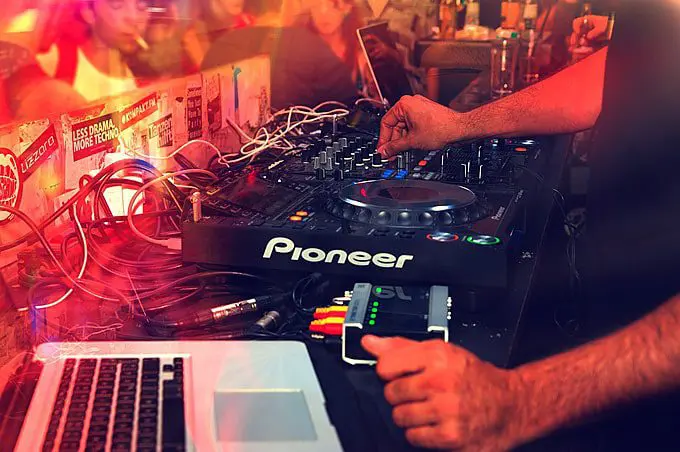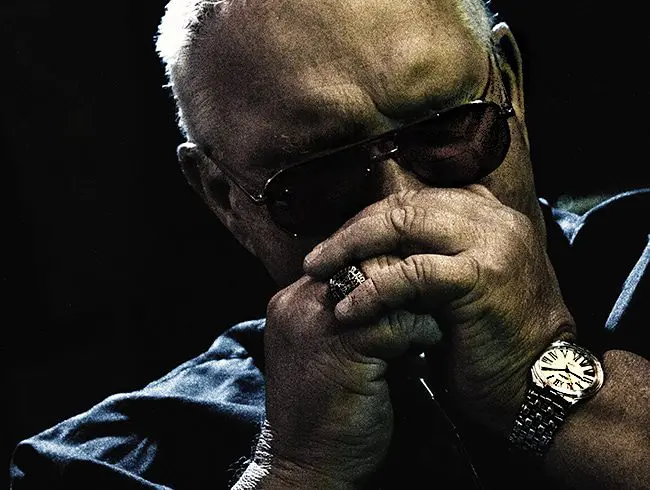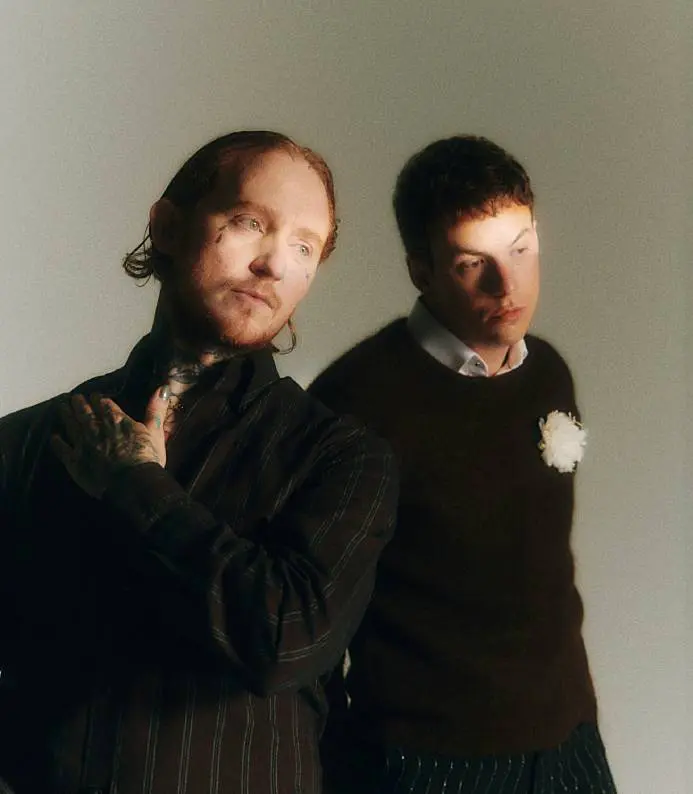DJ history – House Music: The early pioneers – words
Have you just recently discovered house music? If you like the disco sounds of the ’70s but you just feel it never went far enough, then you’re going to find that house music is exactly what’s up.
House music came out of Chicago way back in the 1980s, but it didn’t gain widespread play until the ’90s. This hard-driving, rhythmic style grew out of a need for solid dance music, popularized by the dance clubs in the Windy City, especially those that catered to Latinos and African-Americans. Everybody who loves it knows that this genre is not just music, it’s a feeling. It’s a rhythm to dance to. If dancing is the way your body reads music, then house music is the best book ever.
When you’re listening to house music then you’re going to have your foot tapping to the rhythm of a tight 4/4 beat punctuated with a resounding drum rhythm. Whether you’re hearing piano riffs or bluesy brass or even strings, the kick drum is central to it. As it rapidly gained a solid following, mainstream musicians like Madonna and Janet Jackson put it in their CDs. Where did it come from?
Meet the Early Geniuses of House Music
Jamie Principle, aka Jamie P: This Chicago native born Byron Walton in the late 1950s rose out of the very beginnings of house in the early 1980s, with “Your Love” one of his first hits. Jamie P worked as a producer before the new genre was born, and as it gained play in the clubs he teamed up with another house music pioneer, Frankie Knuckles, to produce and record some great tunes. In 2004, he collaborated with Knuckles for a song that reached the top of the charts, “Back N Da Day.”
Frankie Knuckles, aka the Godfather of House: Knuckles learned his music basics by listening to jazz in the 1960s. By the 1970s, still a teen and interested in art, he was working as a DJ in his native New York. A decade later he caught on to the magic of remixing disco and adding beat to soul and salsa using a second turntable and helping give birth to the use of mixing and DJ equipment. By the 1990s he had moved back to New York and began working with and mixing for big names like Diana Ross, Chaka Kahn, and Michael Jackson. Eventually he turned from producing to performing.
Marshall Jefferson: Jefferson is another Chicago native, born in 1959 and a year or two younger than Knuckles. He cut his music teeth in the 1970s on heavy rock like Black Sabbath and Led Zeppelin while he was settling down to study accounting. But after he met Ron Hardy and learned how to put percussion into just about anything using a turntable, he was all about house, especially acid house. By the mid-1980s he grew tired of acid house and moved on to the more soulful deep house, recording “Open Your Eyes.” Of all his work, however, 1986’s “Move Your Body” remains possibly his best-known song.
Ron Hardy: Hardy started out in the 1970s playing in Chicago’s African-American dance clubs using two turntables to get the edits he wanted on popular jazz and disco sounds. He spent time in Los Angeles in the 1980s but eventually found his way back to Chicago. Hardy became known for pushing the beat harder and faster than most of his contemporaries, but he actually enjoyed a wide range of house sounds. He died in 1992.
Liz Torres, aka the Queen of House: Torres was born in Puerto Rico and came to Chicago with her family in the 1960s. Her childhood music experiences all centered around the family’s church choir, but in the 1980s she fell in love with house music. She sang with a throaty love of music in great tunes like “Set Urself Free” and “Can’t Get Enough.” She hasn’t been active since the early 1990s but, as one of the few women who came to prominence singing house, she can’t be forgotten.
The State of Today’s House Music
House today is widely played on radio stations, such as the rising star Kismet, on House Beats Radio and dance clubs throughout Europe, Canada and the United States. As soon as a traditional song hits the charts and then fades from radio play, it soon returns remixed as house pop or electro house. The compelling sound in any house piece is the rhythm that says the song is made for movement. We owe much of it to these five great pioneers.








